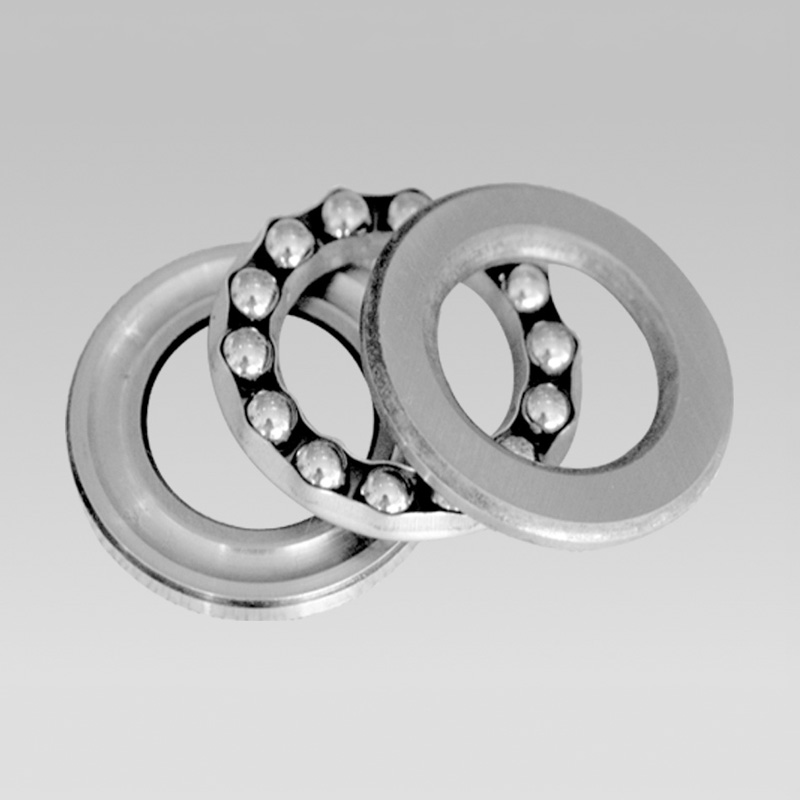
Dec . 03, 2024 20:36 Back to list
Deep Groove Ball Bearings Featuring Snap Rings for Enhanced Performance and Durability
Deep Groove Ball Bearings with Snap Ring An Overview
In modern engineering and manufacturing, the role of bearings becomes increasingly significant as they facilitate smooth motion in various mechanical systems. Among the various types of bearings available, deep groove ball bearings are among the most widely utilized. They are recognized for their versatility, reliability, and ability to accommodate axial loads in both directions. When designed with additional features, such as a snap ring, these bearings can provide modified performance that suits specific application requirements.
What Are Deep Groove Ball Bearings?
Deep groove ball bearings are characterized by their deep raceway grooves that allow for a larger number of balls within the bearing. This design feature not only enhances load capacity but also minimizes friction, leading to improved operational efficiency. These bearings can handle radial loads as well as axial loads in both directions, making them suitable for a wide range of applications in industries such as automotive, aerospace, and manufacturing machinery.
The design usually consists of an inner ring, an outer ring, a cage, and the balls themselves. The interplay of these components enables the bearing to maintain alignment and accommodate motion while reducing wear over time. The materials used in the manufacturing of deep groove ball bearings often comprise high-quality steel or ceramic, which are selected for their durability and resistance to wear.
Understanding Snap Rings and Their Importance
A snap ring, or retaining ring, is a fastener that holds components or assemblies within a shaft or housing. In the case of deep groove ball bearings, the snap ring can be added to the assembly to secure the inner race or restrict the outer race, ensuring that the bearing remains in place during operation. This fastening technique not only simplifies the assembly process but also enhances safety and reliability.
Snap rings come in various designs, such as external snap rings, internal snap rings, and circlips, and their selection depends on the specific application requirements. Their inclusion in the bearing assembly allows for easier installation and disassembly, making maintenance and replacement more convenient for engineers and technicians.
deep groove ball bearing with snap ring

Advantages of Deep Groove Ball Bearings with Snap Rings
1. Ease of Installation and Maintenance The incorporation of a snap ring simplifies the installation process, reducing the time and effort needed to assemble and mount the bearings. Furthermore, it allows for quick replacements without the need for complex disassembly of surrounding components.
2. Improved Load Handling The configuration of deep groove ball bearings coupled with the added securing capabilities of a snap ring enables the bearing to handle a wider array of loading conditions. This enhanced load capacity extends the bearing's lifespan and reliability in high-demand applications.
3. Vibration Damping Bearings subjected to high-speed movements or dynamic loads can experience vibrations that adversely affect their performance. A snap ring can assist in minimizing vibration by keeping the bearing components securely in place, thereby improving overall stability and performance.
4. Versatility Deep groove ball bearings with snap rings can be utilized across diverse sectors. Whether it's in electric motors, gearboxes, or conveyor systems, their ability to accommodate various operating conditions makes them a preferred choice for engineers.
5. Cost-Effectiveness While the initial purchase price of high-quality bearings may be higher, the durability and reduced maintenance costs associated with deep groove ball bearings featuring snap rings result in significant long-term savings for manufacturing operations.
Conclusion
Deep groove ball bearings with snap rings represent a crucial innovation in the field of mechanical component design. By combining the advantageous features of deep groove construction with the functional benefits of snap rings, these bearings offer practical solutions for a wide range of engineering challenges. Their ease of installation, improved load handling capabilities, and reduced maintenance needs make them an invaluable asset in any industrial setting. As technology continues to advance, the evolution of bearing designs will surely lead to even greater efficiencies and capabilities in future applications.
Latest news
-
Premium Deep Groove Ball Bearings | High Speed & Reliability
NewsAug.29,2025
-
Durable Scaffolding Clamps - Secure & Reliable Tube Connectors
NewsAug.28,2025
-
Common Failures in Thrust Ball Bearings and Solutions
NewsAug.22,2025
-
How Tapered Roller Bearings Can Take Shock Loads
NewsAug.22,2025
-
Angular Bearings in High-Precision Spindles
NewsAug.22,2025
-
The Impact of Misalignment on Cylindrical Roller Bearing Performance
NewsAug.22,2025
